This collection includes work of several well-known and not-so-well-known folk artists or “self-taught” artists from the Southeastern United States. The works included have primarily been made by using non-traditional materials and present their subjects in a primitive manner. A wide range of subjects is depicted, but they mostly focus on scenes that were familiar to the artist, such as religious scenes and images of the people and places around them. The works included in this collection represent the very core of the artists’ lives; they are not only visually appealing, but they act as a documentation of Southern culture from the late 19th and 20th centuries.
Artists, such as Luster Willis, Mose Tolliver, and M.B. Mayfield, began work as sharecroppers or farmers during the time of the Great Depression, before later turning to art. During his farm work, Luster Willis began carving walking canes and created art that was inspired by the natural world around him. Mose Tolliver found art only after a tragedy on the job where he almost lost his legs. Creating art pulled him out of the depression he felt after the accident. M.B. Mayfield suffered the losses of much of his family and used art as a means of therapy.
Some folk artists used art as a means of religious expression. Considered to be the grandfather of contemporary American Folk Art, Howard Finster, started painting in 1976 at the age of 60 when he saw a dab of paint on his finger become a face which commanded him to “make sacred art.” Finster created over 50,000 works of original art featuring religious themes and texts. Similarly, Sister Gertrude Morgan began painting at the age of 56 when she believed God told her to begin painting and a voice told her she was the Bride of Christ. Her paintings show colorful, often apocalyptic, visions of biblical events and of heaven and hell. She painted on paper, board, toilet paper roll, and window shades, and she outlined her images in pencil and pen and filled them in with watercolors, pastels, crayons, or tempera.
Non-traditional materials are a signature part of Southern folk art. Jimmy Lee Sudduth enjoyed drawing at a young age and began using mud to paint at the age of three. Sudduth used plywood and outlined the image with what he calls a “dye rock.” He mixed mud and sugar water to affix the mixture to his paintings and added more color by using weeds and vegetables to the scenes, which include subjects such as public buildings, churches, houses and animals.
Willie Massey started his art career at 45, following his wife’s death. Massey worked with wood and paint constructing birdhouses. Massey would also buy pre-stretched canvases and paint on the back to create a premade frame for the image on the canvas.
The University of Mississippi Museum’s Southern Folk Art collection includes other artists such as: Pecolia Warner, Amanda Gordon, Jennie Lee Gorton, Sulton Rogers, James “Son Ford” Thomas, Victor “Hickory Stick Vic” Bobb, Lanier Meaders, Mary T. Smith, and Sybil Gibson.












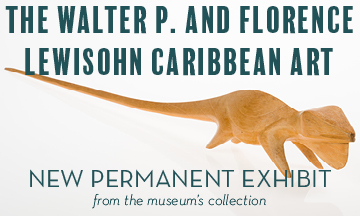
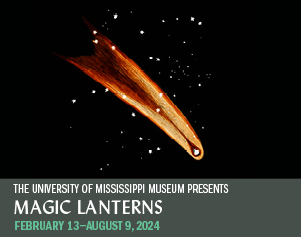

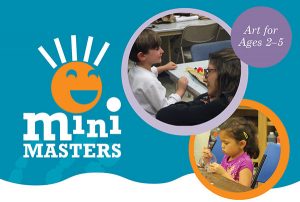
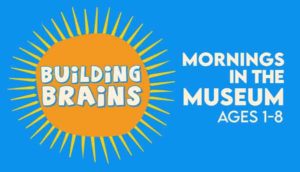
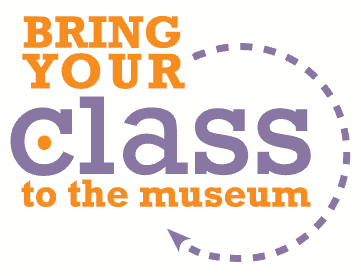

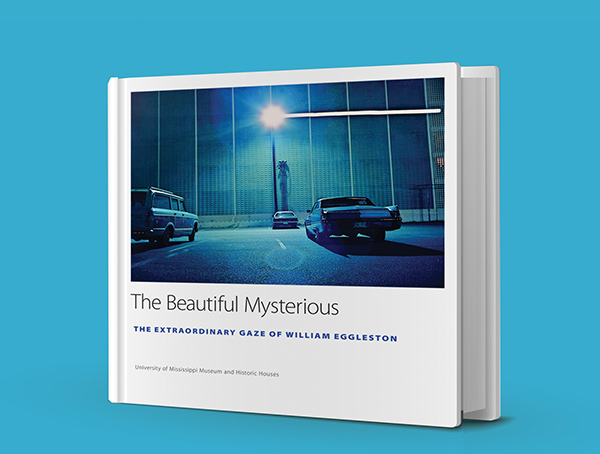
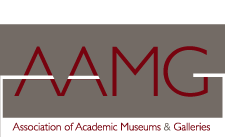


Hear Our Latest News First!